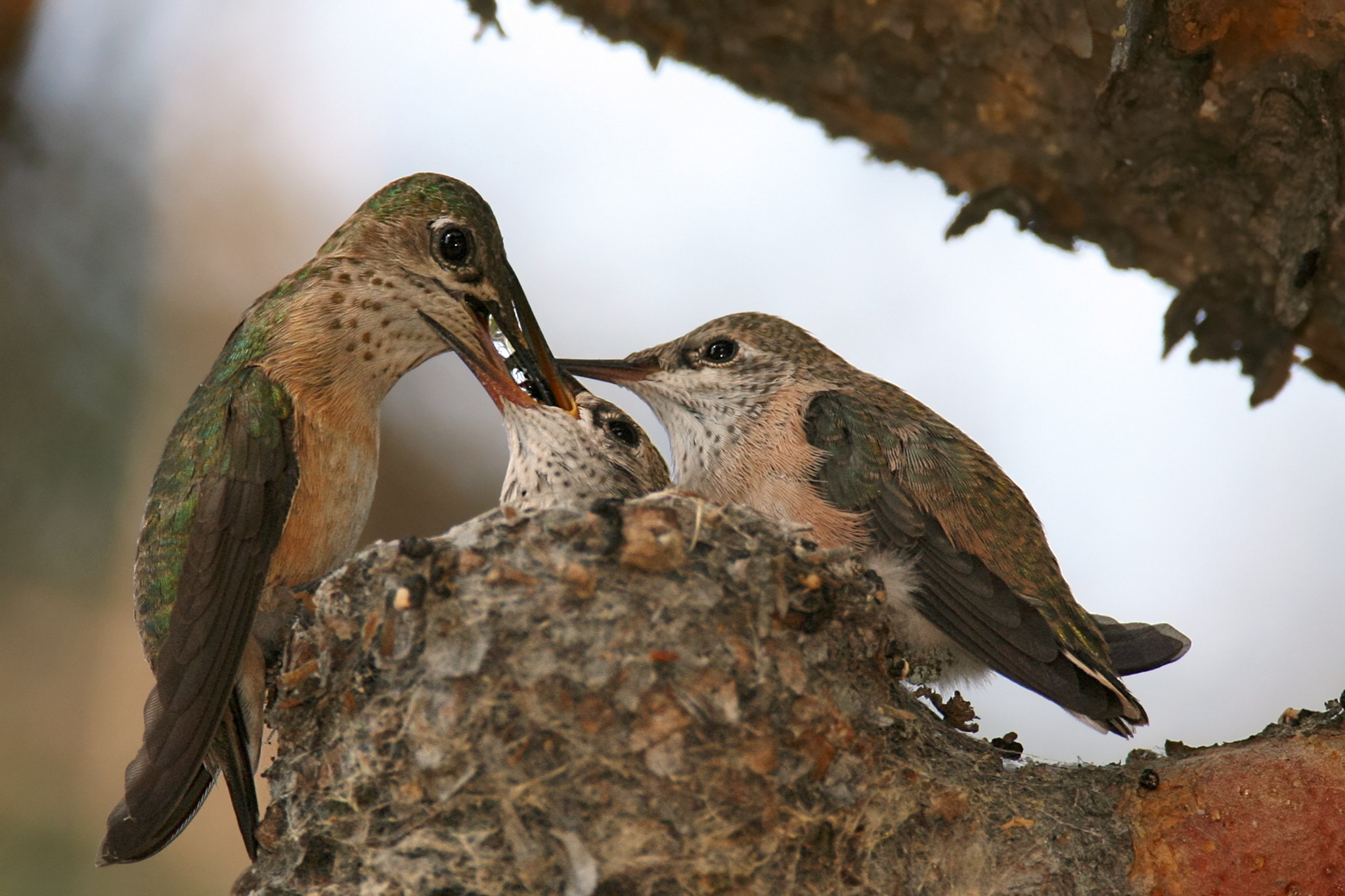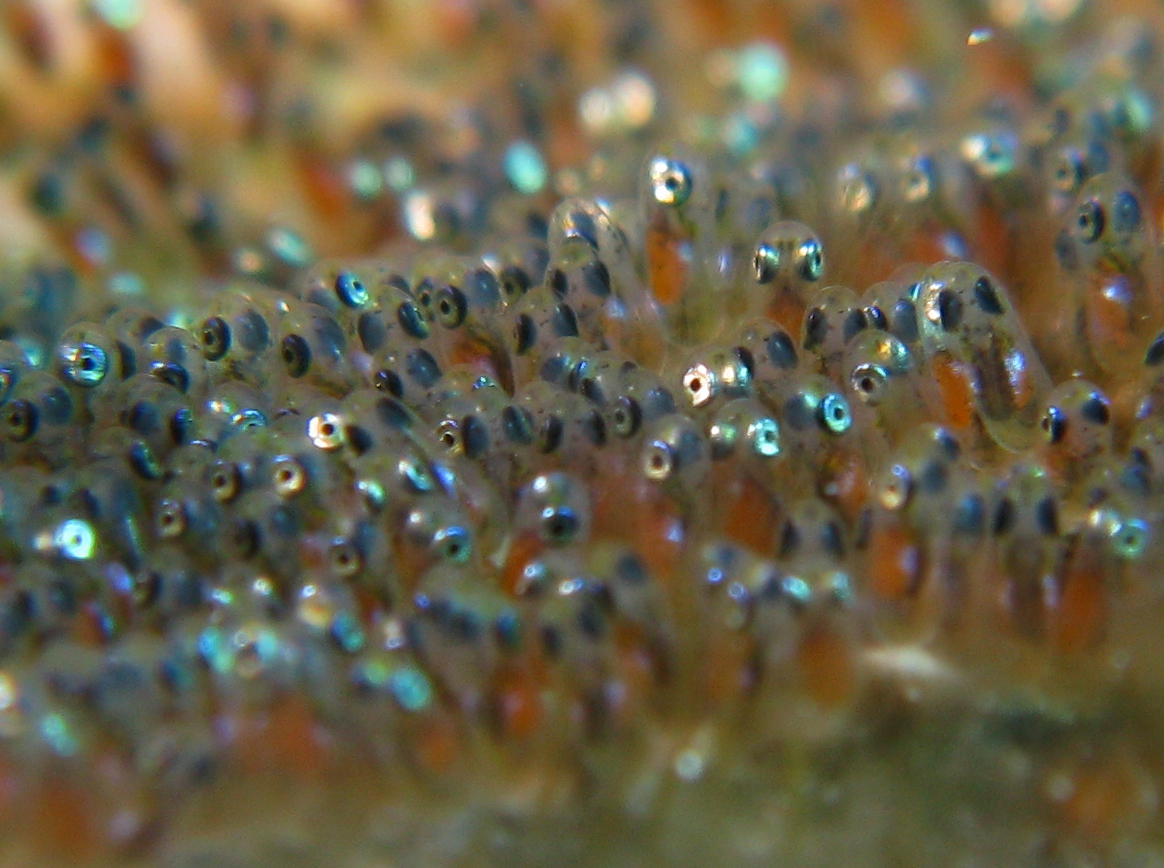|
Notropis Anogenus
The pugnose shiner (''Notropis anogenus'') is a species of ray-finned fish in the genus ''Notropis''. It is in the family Cyprinidae which consists of freshwater carps and minnows. Cyprinidae is the largest fish family which consists of about 369 genera and 3,018 species. Its distribution has been decreasing due to the removal of aquatic plants in order to create swimming beaches and boating access in freshwater lakes and is now mostly found in Minnesota, Wisconsin, and Michigan. Distribution The pugnose shiner is a non-abundant species of ''Notropis'' and within the United States, it is distributed across parts of Minnesota, Wisconsin, and Michigan. It is native to North America and its historic range was from eastern Ontario and Western New York to North Dakota, Illinois, Indiana, and Ohio, ending in the St. Lawrence River drainage. The population that was once in North Dakota is now thought to be extirpated due to turbidity and uprooted vegetation within the freshwater lakes a ... [...More Info...] [...Related Items...] OR: [Wikipedia] [Google] [Baidu] |
Stephen Alfred Forbes
Stephen Alfred Forbes (May 29, 1844 – March 13, 1930) was the first chief of the Illinois Natural History Survey, a founder of aquatic ecosystem science and a dominant figure in the rise of American ecology. His publications are striking for their merger of extensive field observations with conceptual insights. Forbes believed that ecological knowledge was fundamental for human well being. Forbes was important to the development of ecological theory. He was acknowledged by the National Academy of Sciences as "the founder of the science of ecology in the United States". While already famous as an economic entomologist, Forbes undertook studies of massive fish mortality in Lake Mendota, Wisconsin. He showed the connection of algae blooms and lake physics to fish kills, and embarked on a remarkable research program into lake ecology and river ecology. Many of his insights about lake ecology were collected in an influential paper, "The Lake as a Microcosm". Notable for both co ... [...More Info...] [...Related Items...] OR: [Wikipedia] [Google] [Baidu] |
Cladocera
The Diplostraca or Cladocera, commonly known as water fleas, are a superorder of small crustaceans that feed on microscopic chunks of organic matter (excluding some predatory forms). Over 1000 species have been recognised so far, with many more undescribed. The oldest fossils of diplostracans date to the Jurassic, though their modern morphology suggests that they originated substantially earlier, during the Paleozoic. Some have also adapted to a life in the ocean, the only members of Branchiopoda to do so, even if several anostracans live in hypersaline lakes. Most are long, with a down-turned head with a single median compound eye, and a carapace covering the apparently unsegmented thorax and abdomen. Most species show cyclical parthenogenesis, where asexual reproduction is occasionally supplemented by sexual reproduction, which produces resting eggs that allow the species to survive harsh conditions and disperse to distant habitats. Description They are mostly long, wit ... [...More Info...] [...Related Items...] OR: [Wikipedia] [Google] [Baidu] |
Keel
The keel is the bottom-most longitudinal structural element on a vessel. On some sailboats, it may have a hydrodynamic and counterbalancing purpose, as well. As the laying down of the keel is the initial step in the construction of a ship, in British and American shipbuilding traditions the construction is dated from this event. Etymology The word "keel" comes from Old English , Old Norse , = "ship" or "keel". It has the distinction of being regarded by some scholars as the first word in the English language recorded in writing, having been recorded by Gildas in his 6th century Latin work '' De Excidio et Conquestu Britanniae'', under the spelling ''cyulae'' (he was referring to the three ships that the Saxons first arrived in). is the Latin word for "keel" and is the origin of the term careen (to clean a keel and the hull in general, often by rolling the ship on its side). An example of this use is Careening Cove, a suburb of Sydney, Australia, where careening was carried ... [...More Info...] [...Related Items...] OR: [Wikipedia] [Google] [Baidu] |
Least Concern
A least-concern species is a species that has been categorized by the International Union for Conservation of Nature (IUCN) as evaluated as not being a focus of species conservation because the specific species is still plentiful in the wild. They do not qualify as threatened, near threatened, or (before 2001) conservation dependent. Species cannot be assigned the "Least Concern" category unless they have had their population status evaluated. That is, adequate information is needed to make a direct, or indirect, assessment of its risk of extinction based on its distribution or population status. Evaluation Since 2001 the category has had the abbreviation "LC", following the IUCN 2001 Categories & Criteria (version 3.1). Before 2001 "least concern" was a subcategory of the "Lower Risk" category and assigned the code "LR/lc" or lc. Around 20% of least concern taxa (3261 of 15636) in the IUCN database still use the code "LR/lc", which indicates they have not been re-evalua ... [...More Info...] [...Related Items...] OR: [Wikipedia] [Google] [Baidu] |
Near Threatened
A near-threatened species is a species which has been categorized as "Near Threatened" (NT) by the International Union for Conservation of Nature as that may be vulnerable to endangerment in the near future, but it does not currently qualify for the threatened status. The IUCN notes the importance of re-evaluating near-threatened taxon at appropriate intervals. The rationale used for near-threatened taxa usually includes the criteria of vulnerable which are plausible or nearly met, such as reduction in numbers or range. Near-threatened species evaluated from 2001 onwards may also be ones which are dependent on conservation efforts to prevent their becoming threatened, whereas before this conservation-dependent species were given a separate category ("Conservation Dependent"). Additionally, the 402 conservation-dependent taxa may also be considered near-threatened. IUCN Categories and Criteria version 2.3 Before 2001, the IUCN used the version 2.3 Categories and Criteri ... [...More Info...] [...Related Items...] OR: [Wikipedia] [Google] [Baidu] |
Turbidity
Turbidity is the cloudiness or haziness of a fluid caused by large numbers of individual particles that are generally invisible to the naked eye, similar to smoke in air. The measurement of turbidity is a key test of water quality. Fluids can contain suspended solid matter consisting of particles of many different sizes. While some suspended material will be large enough and heavy enough to settle rapidly to the bottom of the container if a liquid sample is left to stand (the settable solids), very small particles will settle only very slowly or not at all if the sample is regularly agitated or the particles are colloidal. These small solid particles cause the liquid to appear turbid. Turbidity (or haze) is also applied to transparent solids such as glass or plastic. In plastic production, haze is defined as the percentage of light that is deflected more than 2.5° from the incoming light direction. Causes and effects Turbidity in open water may be caused by growth of ... [...More Info...] [...Related Items...] OR: [Wikipedia] [Google] [Baidu] |
Endangered
An endangered species is a species that is very likely to become extinct in the near future, either worldwide or in a particular political jurisdiction. Endangered species may be at risk due to factors such as habitat loss, poaching and invasive species. The International Union for Conservation of Nature (IUCN) Red List lists the global conservation status of many species, and various other agencies assess the status of species within particular areas. Many nations have laws that protect conservation-reliant species which, for example, forbid hunting, restrict land development, or create protected areas. Some endangered species are the target of extensive conservation efforts such as captive breeding and habitat restoration. Human activity is a significant cause in causing some species to become endangered. Conservation status The conservation status of a species indicates the likelihood that it will become extinct. Multiple factors are considered when assess ... [...More Info...] [...Related Items...] OR: [Wikipedia] [Google] [Baidu] |
Polygynandrous
Polygynandry is a mating system in which both males and females have multiple mating partners during a breeding season. In sexually reproducing diploid animals, different mating strategies are employed by males and females, because the cost of gamete production is lower for males than it is for females. The different mating tactics employed by males and females are thought to be the outcome of stochastic reproductive conflicts both ecologically and socially. Reproductive conflicts in animal societies may arise because individuals are not genetically identical and have different optimal strategies for maximizing their fitness; and often it is found that reproductive conflicts generally arise due to dominance hierarchy in which all or a major part of reproduction is monopolized by only one individual. In the wasp '' Polistes carolina'', the dominant queen amongst female wasps is determined by whoever arrives at the nest first rather than the largest foundress, who is expected to ... [...More Info...] [...Related Items...] OR: [Wikipedia] [Google] [Baidu] |
Parental Investment
Parental investment, in evolutionary biology and evolutionary psychology, is any parental expenditure (e.g. time, energy, resources) that benefits offspring.Clutton-Brock, T.H. 1991. ''The Evolution of Parental Care''. Princeton, NJ: Princeton U. Press. pg. 9Trivers, R.L. (1972). Parental investment and sexual selection. In B. Campbell (Ed.), ''Sexual selection and the descent of man'', 1871-1971 (pp. 136–179). Chicago, IL: Aldine. . Parental investment may be performed by both males and females (biparental care), females alone (exclusive maternal care) or males alone (exclusive paternal care). Care can be provided at any stage of the offspring's life, from pre-natal (e.g. egg guarding and incubation in birds, and placental nourishment in mammals) to post-natal (e.g. food provisioning and protection of offspring). Parental investment theory, a term coined by Robert Trivers in 1972, predicts that the sex that invests more in its offspring will be more selective when choosi ... [...More Info...] [...Related Items...] OR: [Wikipedia] [Google] [Baidu] |
Spawning
Spawn is the eggs and sperm released or deposited into water by aquatic animals. As a verb, ''to spawn'' refers to the process of releasing the eggs and sperm, and the act of both sexes is called spawning. Most aquatic animals, except for aquatic mammals and reptiles, reproduce through the process of spawning. Spawn consists of the reproductive cells (gametes) of many aquatic animals, some of which will become fertilized and produce offspring. The process of spawning typically involves females releasing ova (unfertilized eggs) into the water, often in large quantities, while males simultaneously or sequentially release spermatozoa (milt) to fertilize the eggs. Most fish reproduce by spawning, as do most other aquatic animals, including crustaceans such as crabs and shrimps, molluscs such as oysters and squid, echinoderms such as sea urchins and sea cucumbers, amphibians such as frogs and newts, aquatic insects such as mayflies and mosquitoes and corals, which are actually ... [...More Info...] [...Related Items...] OR: [Wikipedia] [Google] [Baidu] |
Oviparous
Oviparous animals are animals that lay their eggs, with little or no other embryonic development within the mother. This is the reproductive method of most fish, amphibians, most reptiles, and all pterosaurs, dinosaurs (including birds), and monotremes. In traditional usage, most insects (one being '' Culex pipiens'', or the common house mosquito), molluscs, and arachnids are also described as oviparous. Modes of reproduction The traditional modes of reproduction include oviparity, taken to be the ancestral condition, traditionally where either unfertilised oocytes or fertilised eggs are spawned, and viviparity traditionally including any mechanism where young are born live, or where the development of the young is supported by either parent in or on any part of their body. However, the biologist Thierry Lodé recently divided the traditional category of oviparous reproduction into two modes that he named ovuliparity and (true) oviparity respectively. He distinguis ... [...More Info...] [...Related Items...] OR: [Wikipedia] [Google] [Baidu] |
_Distribution_map.png)





